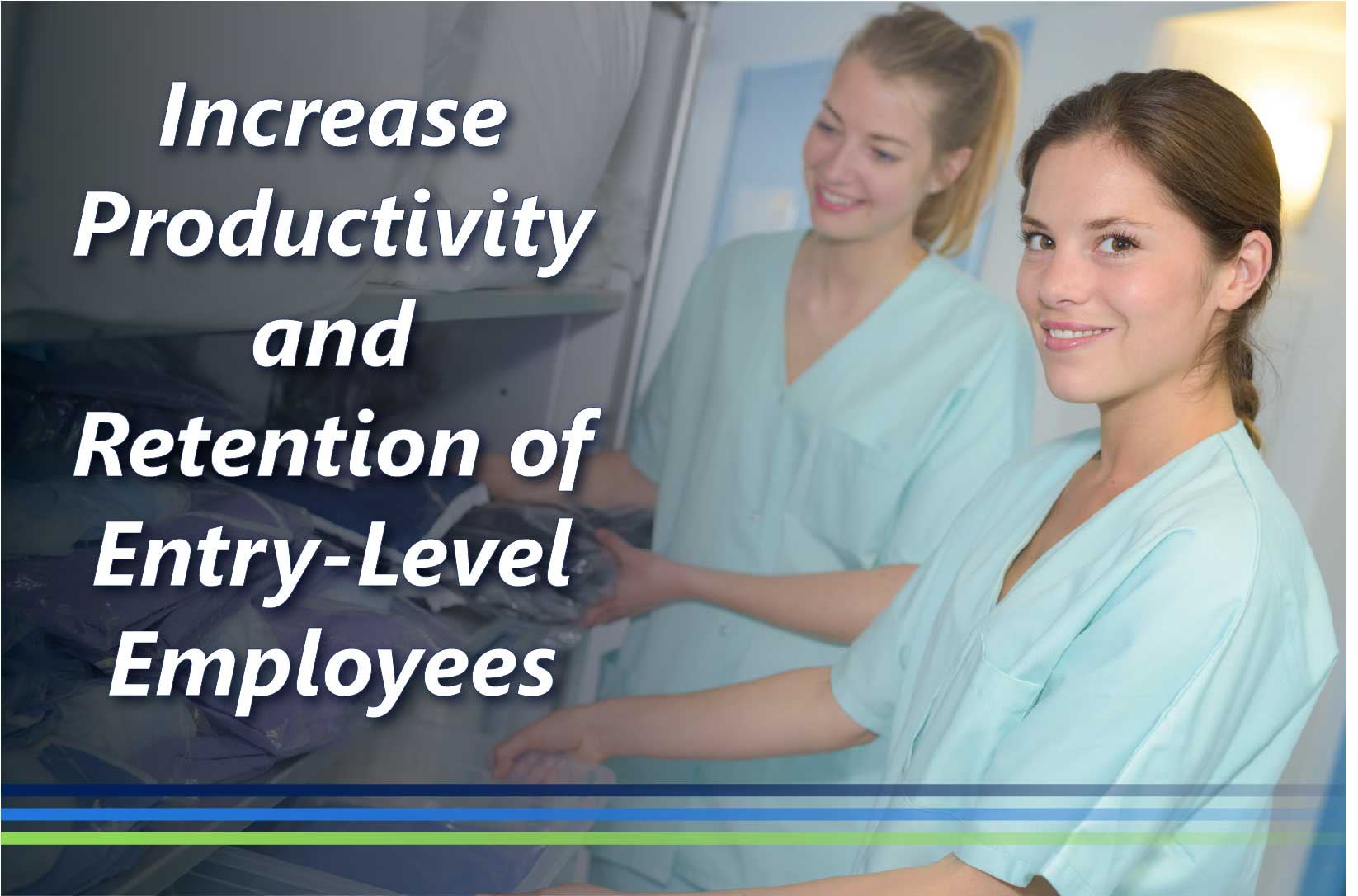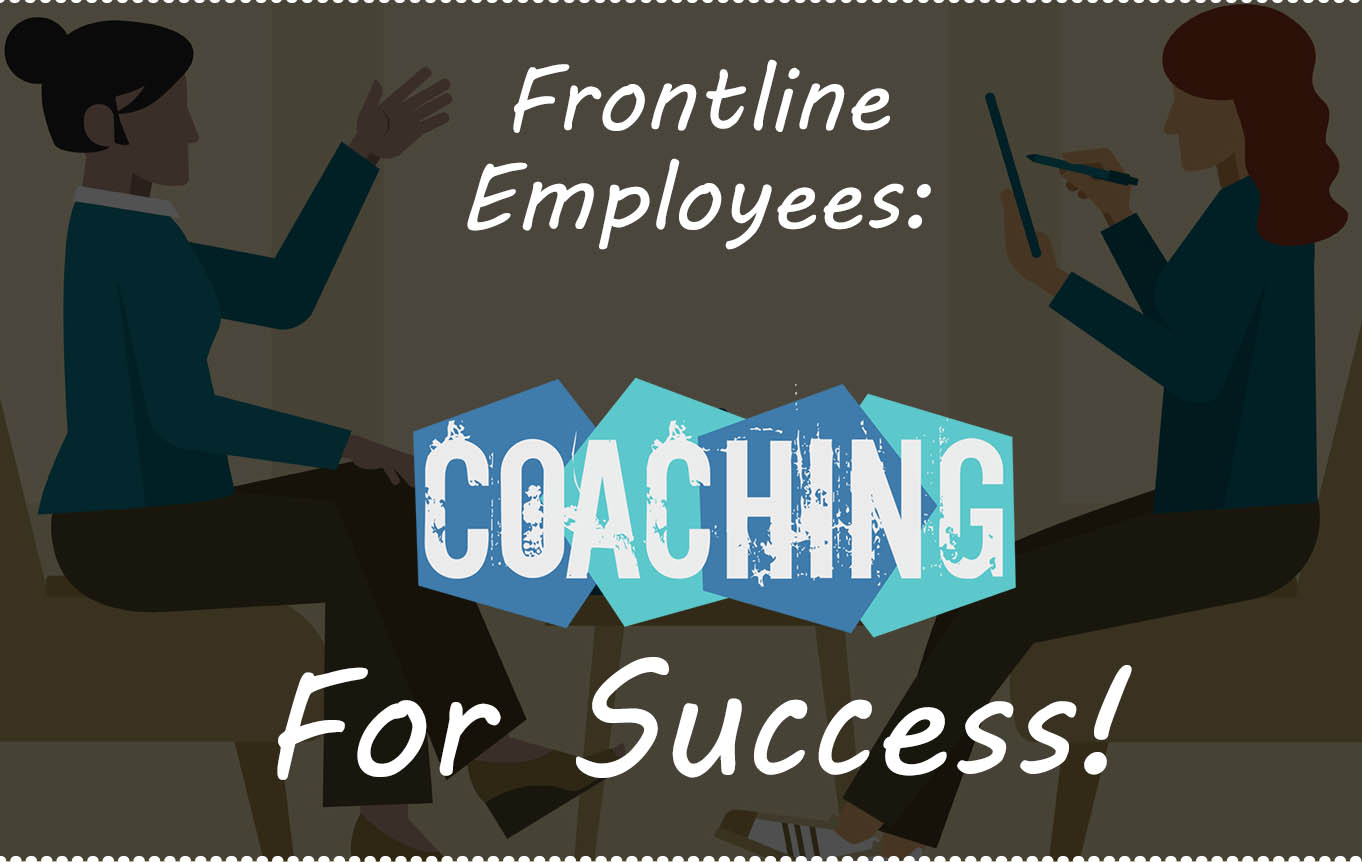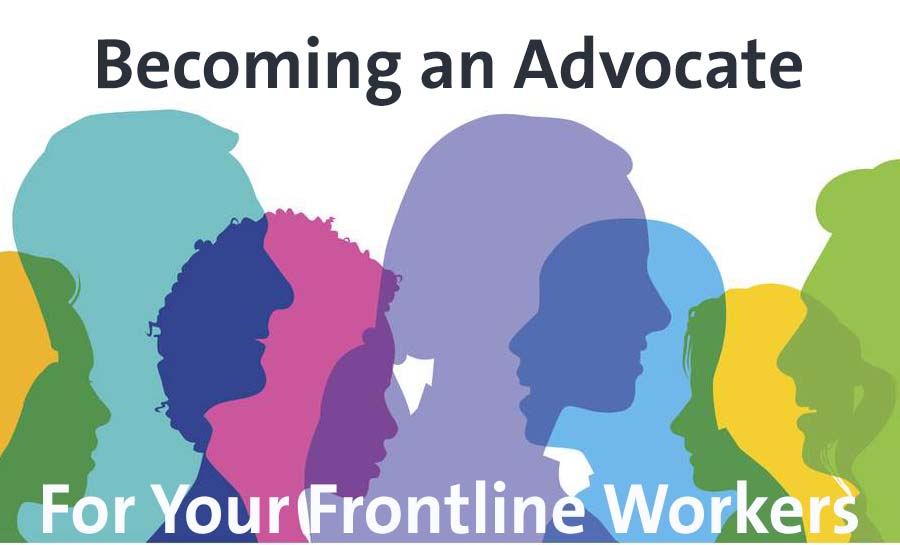Businesses from many industries including retail, hospitality, and agriculture struggle with turnover and consistent productivity, most notably with frontline lower-paid associates. These industries understand the difficulties of keeping employee productivity at a high and turnover at a low. Actual costs to replace an entry-level worker in healthcare runs into thousands of dollars.
Can anything be done about it? Especially during times of full employment in many metro areas, what can hospitals do to slow down attrition of entry-level employees, while also increasing productivity?
Here are 6 actions to take to help avoid the turnover problems facing many industries today:
Training & Development
Low-wage employees who most need to increase job skills and build upward mobility are also the least likely to be offered formal training programs.
Training can help employees be more engaged, committed, and satisfied with their jobs and achieve bottom-line results for their employers. Providing training that is directly applicable to actual roles helps associates be more effective at work and achieve a better quality of life off the job.
There are numerous ways companies can support a culture of employee training and development: individual coaching, workshops, courses, seminars, shadowing or mentoring, or even just increasing employee responsibilities to show trust. Growing employee job skills will allow associates to improve their efficiency and productivity.
For more, read our related article, “4 Large Organizations That Are Hyper Focused On Entry-Level Employee Training.”
Measure ROI
What gets measured, gets managed. Be sure to track retention metrics and team productivity and track entry-level associates who move upward in your organization. If possible, report these metrics (and hopefully improvements) to senior leadership.
TriHealth, one of the largest healthcare providers in southern Ohio, produced one of the most thorough entry-level workforce ROI studies we have seen to date. This ROI plan measures employee training and development ROI. TriHealth tracked employee longevity, upward career movement trends, and recruitment savings over the course of 5-years. TriHealth saw a savings of almost a quarter million dollars when all metrics were considered. To read more about this study, click here: “Investing in the Future of the Healthcare Workforce: An Analysis of the Business Impact of Select Employee Development Programs at TriHealth.”
Help Employees Build a Personal Development Plan
In partnership with team managers, or possibly an internal mentor, encourage your low paid associates to plan for upward mobility. This includes showing them what opportunities are available in a large organization and how to navigate HR systems. Within this plan, have employees weave in development opportunities offered by the organization, or even outside the organization, with certification courses. This personal plan should improve skills for current roles, as well as help associates acquire new skills for future roles.
Get Higher-Quality Work by Improving Morale
At the end of the day, happy, engaged employees work harder and better. Those who dislike their jobs and feel disenfranchised may go through the motions, but burnout (then probably turnover) is inevitable. When open lines of communication and employee appreciation are baked into the employee experience, the result is higher quality work.
Mercy, headquartered in Chesterfield, Missouri takes entry-level employee morale very seriously. This organization even has an internal “Lowest Paid Co-Workers” committee which is led by the CEO. To open lines of communication with employees, Mercy shows each employee how their role contributes to organization success. Mercy also takes associate development, mentoring, and community partnerships very seriously, which also fosters morale.
Teach Managers/Supervisors How to Better Communicate
Most entry-level associates (or most all associates at any organization level) don’t leave organizations, they leave bad managers. Poor communication skills usually go hand-in-hand with bad managers. Teach your managers basic team communication techniques, like focusing on the future instead of rehashing past issues. This demonstrates a manager’s commitment to moving forward and helping find positive solutions. This doesn’t mean ignoring past team member failure is good either, but instead, teach a positive way to discuss it. For example, teach managers to start 1×1 or team performance discussions with what positive things are happening. Modeling positive, open communication sets a precedent for all team members from top down. In early 2020 I hope we can get some articles going from ATM’s use of CLiMB. This would be a perfect place to link to an article about improving manager coaching skills.
Workplace morale depends on employees respecting their leadership. If employees do respect their leaders, they will be more enthusiastic about their work. Supervisors need to act the way they expect their employees to act.
Increase Praise and Recognition
If an employee does something that merits praise and recognition, don’t let the opportunity to give praise pass by. Recognition can actually be an even better motivator than money. Be specific in praise given, and be sensitive to the individual. Some enjoy public praise while some prefer a private word. Get managers on board with organization efforts to give recognition.
BONUS: CLiMB® supports entry-level healthcare workforce development. The CLiMB online library of focused microlearnings provides actionable training customized to frontline healthcare employee settings. CLiMB focuses on key concepts such as basic professionalism, communication, using time wisely, and providing exceptional customer service. It allows associates to practice activities pulled from real world scenarios. The CLiMB total support package also includes exercises to strengthen supervisor coaching skills and a framework for employees to build personal development plans. To learn more about CLiMB, CLICK HERE and Catalyst Learning will follow up with you.
SOURCES:
“Improve the Efficiency of Your Employees: 10 Proven Tips for Small Businesses,” Hub Productivity and FreshBooks blog
“Increase Productivity and Retention of Entry-Level Employees,” Business Know How, April 22, 2018, Patricia Schaefer
“Top 10 Ways to Improve Employee Efficiency,” Your People Inc., Alexandra Hicks
“5 steps to creating career development plans that work,” Insperity Training & Performance









